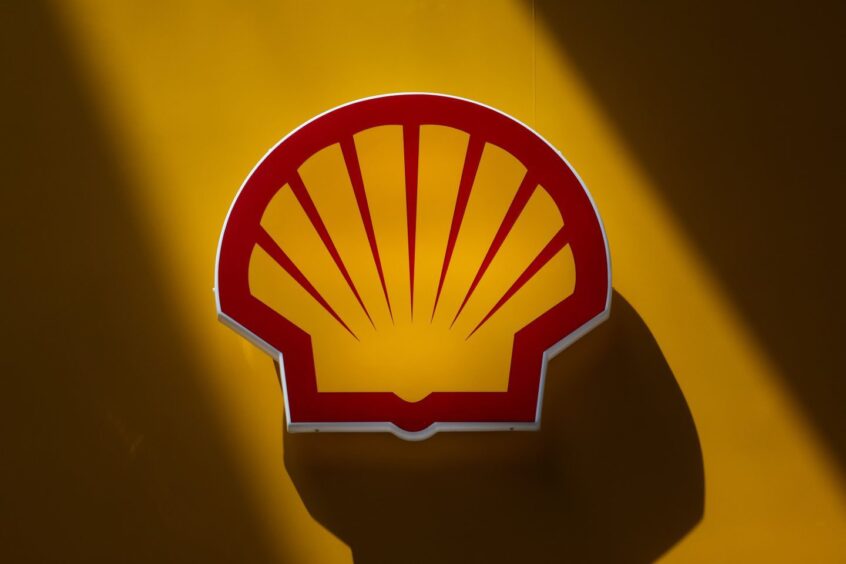
Shell is working on plans to acquire 10,400 square km on Namibia’s PEL 39, where it has made a number of discoveries in the last two years.
Shell Namibia Upstream has an environmental clearance certificate (ECC) for 3D acquisition on part of the licence. The company has filed documentation to amend and renew the licence.
It intends to acquire 3D streamer seismic in addition to ocean bottom node (OBN) data. The latter provides “cleaner” data than that gathered by traditional seismic.
The company said that it intended to acquire more detailed coverage, using a smaller streamer spacing, for its 3D work. The seismic would “be helpful to support the identification of the most optimal drilling locations”, it said.
Shell’s ECC expired in June 2021. Under previous approvals, the company shot 2,500 square km of 3D in 2014 and another 6,000 square km from September 2018 to January 2019. It acquired another 1,400 square km in PEL 39’s east in 2019.
Shell drilled the Cullinan-1X well on the area under the 2014 seismic. Shell drilled the Jonker, Lesedi, Graff and La Rona wells in the area covered by the 2018 seismic. The company has drilled seven wells on this licence.
PEL 39 covers 12,299 square km, with water depths ranging from 800 to 2,500 metres.
SLR Environmental Consulting (Namibia) is acting as Shell’s independent environmental assessment practitioner.
The documents did not disclose when Shell intended to carry out the seismic acquisition. It will carry out stakeholder engagement next month, in February, with ministry review and a decision expected in March.
In December, Shell confirmed it was releasing its Deepsea Bollsta rig as of June this year. A company representative said at the time the rig would, in its remaining time, carry out an appraisal on the Jonker discovery and drill at least one more exploration well.
